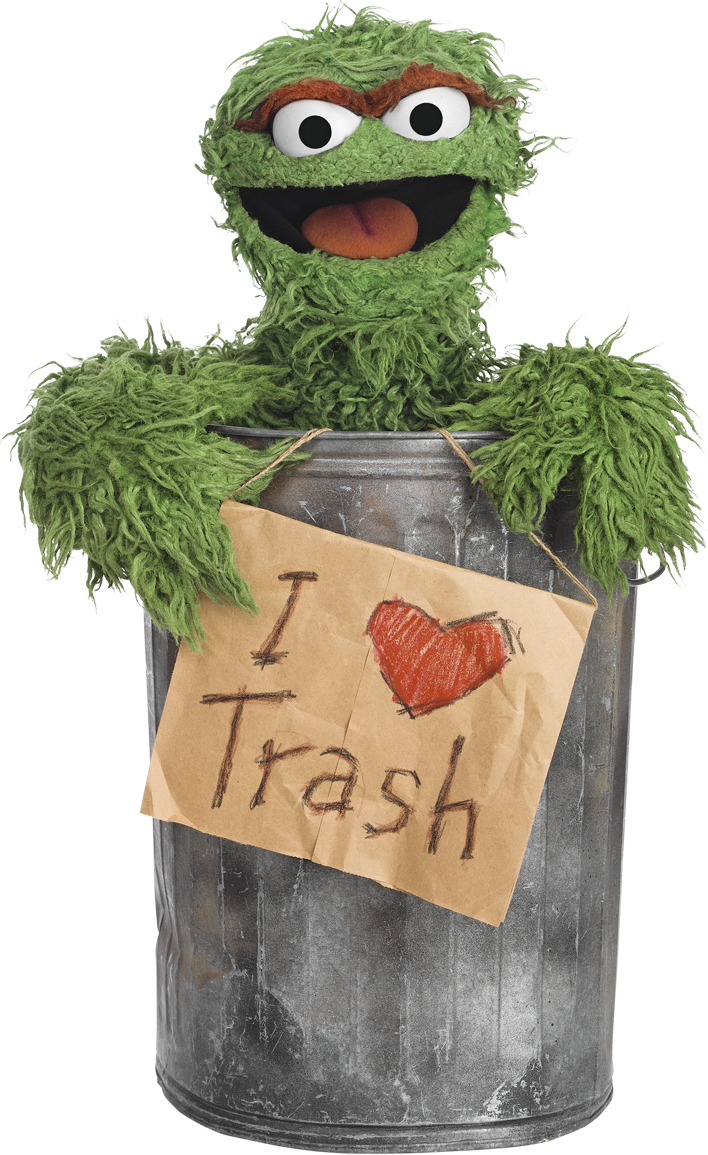Over the past few weeks, I find that, in some way or another, I have been continually brought back to the idea of the single story. While explaining the ways in which development is measured by authoritative agencies, my geography professor explained that, all too often, the effects and outcomes of a project intended to stimulate economic growth are expected to be properly represented by a single statistic; never mind the myriad of other factors inadequately addressed by this percentage. Though a point made in the context of a different discipline, this hearkens back to the admonition made in the earliest weeks of ARCHY 472: beware the single story.
Despite that (or perhaps because) both admonitions had come to me in succession, I still felt caution when analyzing the data sheet I had been given for the garbology lab. Faced with an assortment of the items that had made their way into someone else’s trash bin over the course of a week, I found myself hesitant to come to any conclusions. Was I giving too much weight to the prevalence of plastic packaging as a reflection of diet? Was I not placing enough emphasis on the reusable water bottle, a possible indicator of a busy schedule? I found myself asking so many questions that now I wonder if I truly devised any answers. Even after completing the assignment and condemning it to the finality of the turn-in box, I wondered: Have I told the right story?
Or, at the very least, have I avoided telling the wrong one? The difficulty for me lies in differentiating between what this refuse means to me, bundled up with all my biases, and what it meant to the depositor, and finding the balance between the significance attributed to it by each of us. (Funny that the one(s) who deposited this particular sample likely did so with the intent to divest themselves of it, whereas my goal was to get better acquainted with it.)
Perhaps I haven’t yet managed to extract the right story. But I can say that at least mine was a reasonable one—one of the many interpretations that could be made by any other individual confronting the same data. While archaeologists (and geographers, for that matter) can’t hope to represent the nuances of human experience in a single story or statistic, neither can they afford to let caution stall them indefinitely. If nothing else, that singular factor is a start. It can provide a point from which to further examine the refuse record, and further develop the narrative(s) inspired by it.


